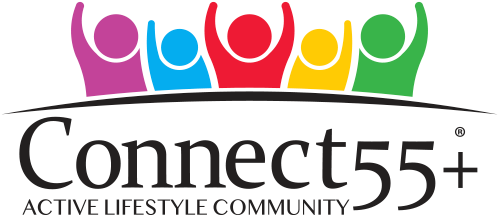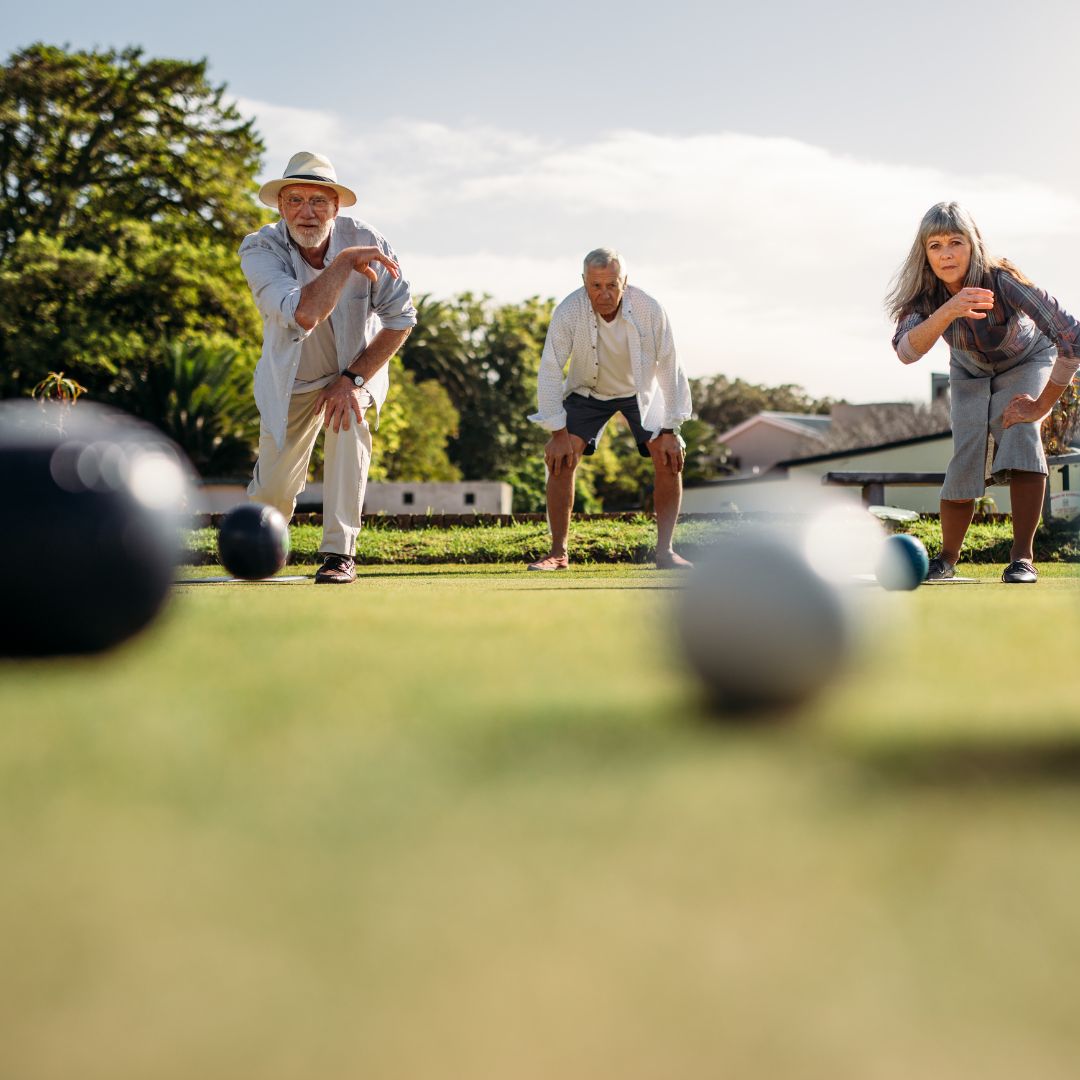You’ve probably heard many people advise that seniors should stay active outdoors. Well, there’s actually some pretty fascinating science behind why spending time under the summer sun does so much more for your body and mind than you might realize.
Enjoying a 55+ community lifestyle during the warmer months opens up incredible opportunities to tap into nature’s own pharmacy, and the benefits go far beyond just getting some fresh air.
From the microscopic life in garden soil that acts like natural antidepressants to the way sunlight literally rewires your brain chemistry, summer events for seniors aren’t just pleasant pastimes—they’re powerful medicine.
Let us share some of the amazing ways your body responds to these outdoor adventures.
Gardening: Your Hands in Nature’s Pharmacy
Here’s something that might surprise you: every time you dig your hands into garden soil, you’re exposing yourself to a tiny bacterium called Mycobacterium vaccae that works almost exactly like prescription antidepressants. This microbe in soil causes cytokine levels to rise, which results in the production of higher levels of the messenger chemical, serotonin. Your brain interprets this as a natural mood lift, and contact with soil, through play and gardening, and other means, is beneficial.
But the benefits don’t stop at mood improvement. Soil bacteria can produce anti-inflammatory substances and modulate our immune system to reduce inflammation. Every time you tend to tomatoes or plant petunias in your community garden, you’re essentially giving your immune system a gentle workout, teaching it to respond better to various challenges.
Then there’s the sunshine component of gardening. Your skin contains a compound that transforms into vitamin D3 when hit by those UV-B rays. This process doesn’t just strengthen your bones—it actually helps regulate your sleep-wake cycle and can improve your overall energy levels throughout the day. Getting 10 to 20 minutes of sunlight a day can promote bone growth, improve cardiovascular health, strengthen the immune system, and relieve pain.
The social aspect of community gardening adds another layer of benefit. Sharing gardening tips with neighbors or comparing harvest results activates the same neural pathways that combat loneliness and depression. Your Connect 55 community likely has dedicated garden spaces designed specifically to encourage these interactions, turning individual plant care into a naturally social activity.
Walking Clubs and Nature Trails in Active Senior Living
You’ve probably heard that walking is good exercise, but did you know that your brain actually changes structure during regular walks? The rhythmic, repetitive motion increases production of a protein called BDNF (brain-derived neurotrophic factor) that literally helps grow new brain cells, particularly in areas responsible for memory and learning.
Group walking amplifies these benefits exponentially. Your brain releases oxytocin during social interactions, and this “bonding hormone” reduces cortisol levels—your body’s main stress hormone. The combination means that walking with friends doesn’t just exercise your legs and heart; it’s actively rewiring your brain for better stress management and emotional resilience.
The sensory experience of outdoor walking provides what researchers call “soft fascination”—gentle stimulation from rustling leaves, bird songs, and changing scenery that allows your mind to rest and restore without becoming bored. This is completely different from indoor exercise, where your brain must work harder to maintain interest and motivation.
Many 55+ communities design their walking trails to maximize these sensory benefits, incorporating varied landscapes and natural features that keep your mind engaged while your body moves. The trails aren’t just paths; they’re carefully crafted experiences that support both physical and cognitive health.
Tai Chi and Yoga in the Park: Ancient Wisdom Meets Modern Science
Practicing Tai Chi or yoga outdoors combines several powerful healing mechanisms. The gentle, flowing movements improve what scientists call “proprioception”—your body’s awareness of where it is in space. This enhanced spatial awareness directly translates to better balance and fewer falls, one of the most significant health risks for seniors.
But here’s the really interesting part: practicing these movements outdoors triggers a phenomenon called “forest bathing” or shinrin-yoku. Even in manicured park settings, your body responds to natural environments by reducing cortisol production and lowering blood pressure. The combination of mindful movement and natural surroundings creates a powerful stress-reduction effect that indoor classes simply can’t replicate.
The morning sunlight during early outdoor classes also helps regulate your circadian rhythm—your body’s internal clock. This improved sleep-wake cycle leads to deeper, more restorative sleep at night, which in turn supports memory consolidation and immune function.
Your community’s outdoor wellness spaces are designed to take advantage of these natural benefits, providing peaceful environments where ancient practices meet modern understanding of how our bodies and minds respond to nature.
Summer Social Events: The Neuroscience of Fun
Playing games like bocce ball or participating in outdoor picnics does something remarkable to your brain chemistry. Social play triggers the release of multiple neurotransmitters at the same time—dopamine for pleasure, endorphins for natural pain relief, and serotonin for mood regulation. This exciting neurochemical cocktail is more complex and longer-lasting than what you get from solitary activities.
The outdoor setting amplifies these effects through what researchers call “biophilic response”—your brain’s hardwired positive reaction to natural environments. Even simple elements like grass under your feet, natural lighting, and open sky activate parasympathetic nervous system responses that promote healing and restoration.
Competitive games add another layer by engaging your brain’s executive function—the mental processes responsible for planning, problem-solving, and decision-making. This cognitive stimulation, combined with social interaction and natural surroundings, creates an ideal environment for maintaining mental sharpness and emotional well-being.
Many 55+ communities understand these connections, designing outdoor social spaces to maximize both the social and environmental factors that contribute to healthy aging. The bocce courts, picnic areas, and lawn game spaces are so much more than just amenities. Rather, they’re carefully planned tools for supporting community health and happiness.
The Bigger Picture
Summer in a Connect55+ active adult community offers outdoor retirement activities that tap into healing mechanisms that humans have relied on for thousands of years, now enhanced by modern understanding of how they work. Every outdoor activity works on multiple levels to support your health.
These aren’t just nice extras or pleasant ways to pass time. They’re evidence-based approaches to aging well, supported by scientific research and designed into the very fabric of active senior communities. The summer months offer the perfect opportunity to explore these natural health strategies in the supportive environment of your Connect55+ community.
Explore our Connect55+ community spaces and amenities designed specifically for active senior living, and see how nature and community come together to create the ideal environment for thriving in your next season.






